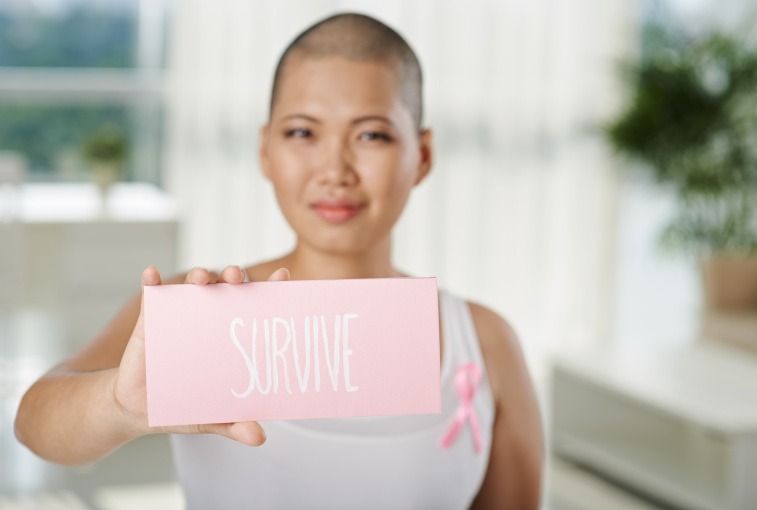As part of the Cancer Survivorship Education Series, Sanford Health’s Donald Gullicks, M.D. discusses the basics of management for vaginal dryness with a focus on cancer survivors.
Impact of cancer and treatment
Cancer, the diagnosis itself and the treatment is obviously very stressful. Stress has a deep impact on hormone levels for some patients, which can affect vaginal dryness.
Many surgical treatments of cancer, which can include hormonal, radiation and chemotherapy, may result in early menopause for women. Menopause is strongly associated with vaginal atrophy and vaginal dryness.
Body image is another part of cancer and cancer treatment that impacts arousal and other areas of sexual function.
Sexual function overall can be changed, especially within gynecologic cancers. Approximately 90 percent of gynecologic cancers can result in a hysterectomy.
The most common side effects of ovarian suppression or removal and the percent of women who experience them:
- Hot Flushes: 92
- Musculoskeletal symptoms: 89
- Depression: 87
- Fatigue: 61
- Insomnia: 58
- Vaginal dryness: 52
- Decreased libido: 45
- Osteoporosis: 39
- Dyspareunia: 31
Treatments for Vaginal Dryness
Hormonal
- Vaginal estrogen:
- Most well-studied and effective treatment
- Cream (Premarin or Estrace), vaginal tablet (Vagifem), vaginal ring (E-String)
- Not indicated for all patients
- Often not recommended after cancer diagnosis
Non-Hormonal
- Vaginal moisturizers:
- Daily product
- Not indicated for sexual activity
- Vaginal lubricants:
- Utilized for sexual activity
- Water-based or silicone-based are most common
Lubricants are not moisturizers
- Lubricants are to be used with sexual activity:
- Short duration of action
- Decrease friction of tissue
- Don’t change the tissue
- Must be applied frequently
- Incorrectly marketed as “feminine moisturizers”
- Moisturizers are for long-term dryness relief:
- Increase water within the cells of vagina
- Stimulate growth of lactobacilli
- Prevent colonization of bacteria
- Use 2-4 times weekly
All lubricants are not equal
- Water based:
- Most common
- Ideal osmolality (dissolved particles per unit of water) is 380 mOsm/kg or less but an acceptable level (per World Health Organization) is less than 1200
- High osmolality
- Dehydrates tissue
- Correlates with irritation and epithelial damage
- Predictive of burning and itching
- Silicone based:
- More slippery
- Last longer
- No osmolality issues
- Less irritating
- More expensive
- Not as easy to find
- Not compatible with toys
- Can stain
So what does this mean?
All patients should start a vaginal moisturizer. When having intercourse, lubrication is recommended.
If the pain or dryness continues, consider other options:
- Low-dose vaginal estrogen at lowest dose for shortest interval
- Vagifem tablet or E-string ring (lowest levels of systemic estrogen)
- Laser trial, which is currently being studied but is not approved by the Food and Drug Administration
- Ospemifene if completed with Tamoxifen or Aromatase inhibitor
More stories
…
Posted In Cancer, Cancer Treatments, Health Information
